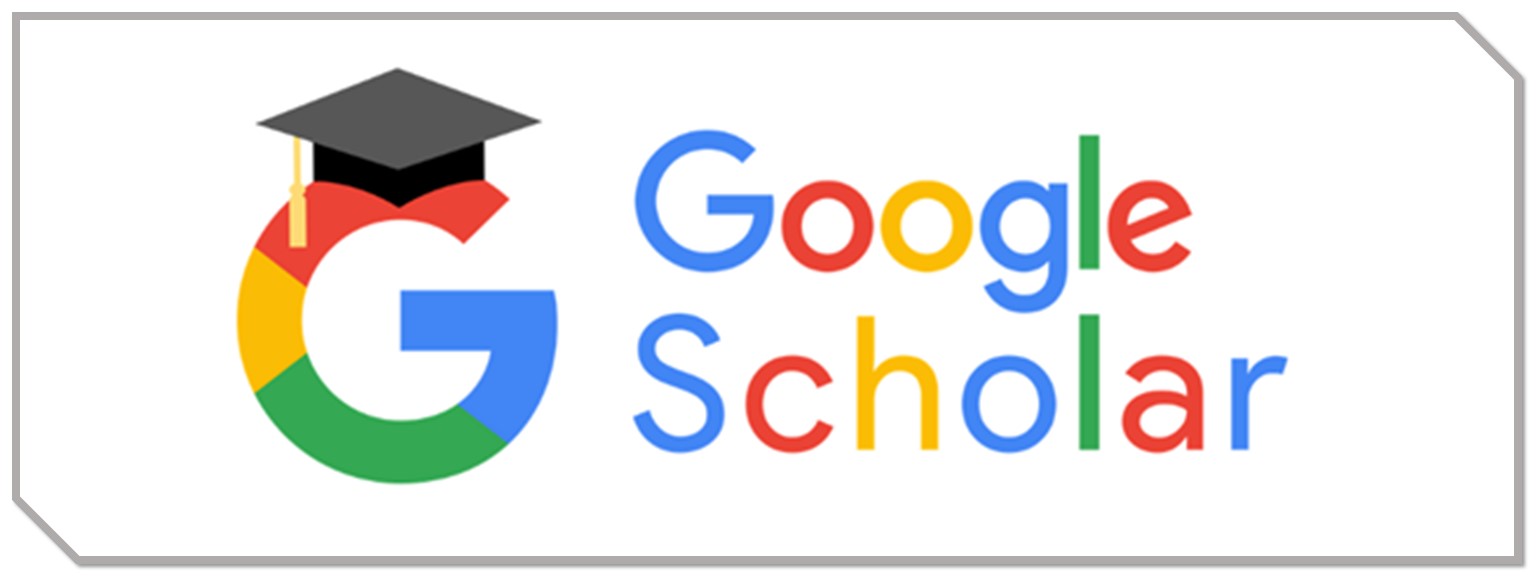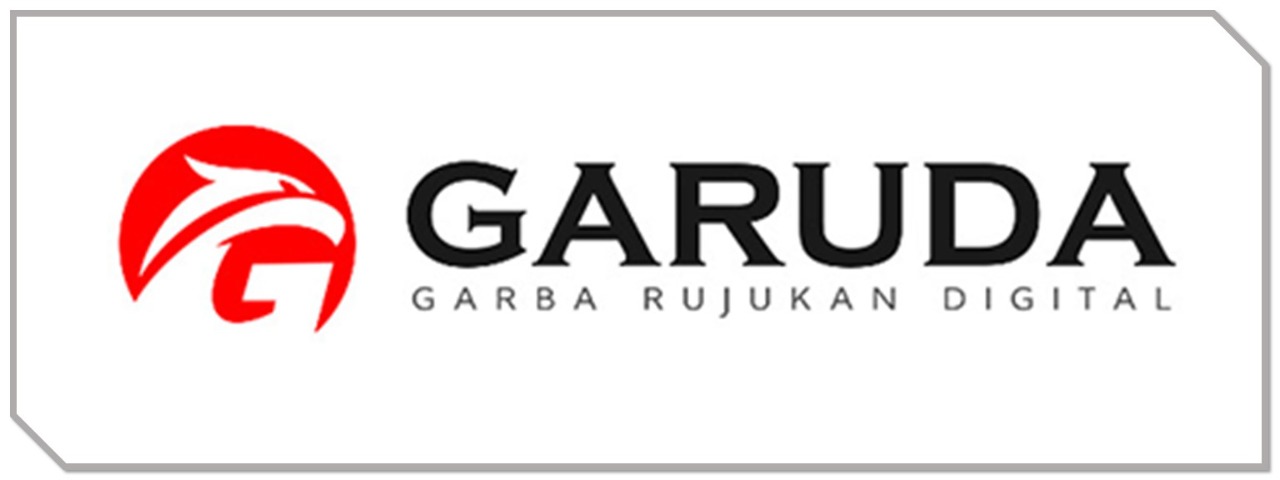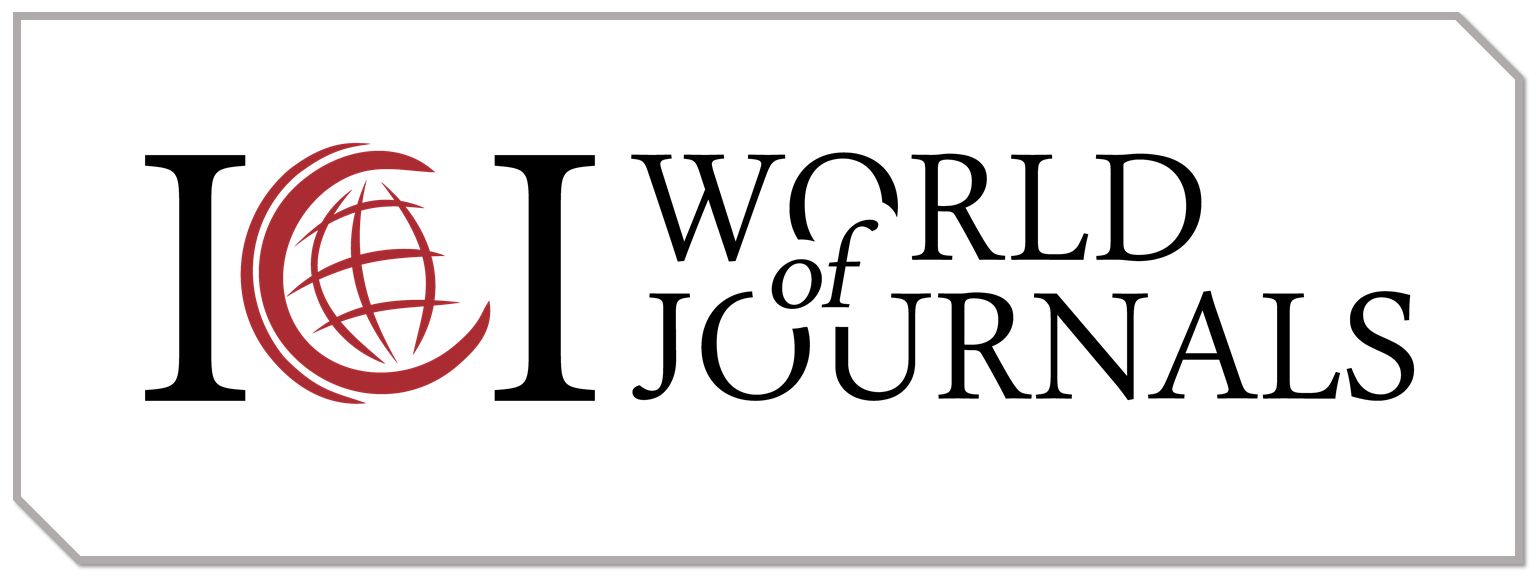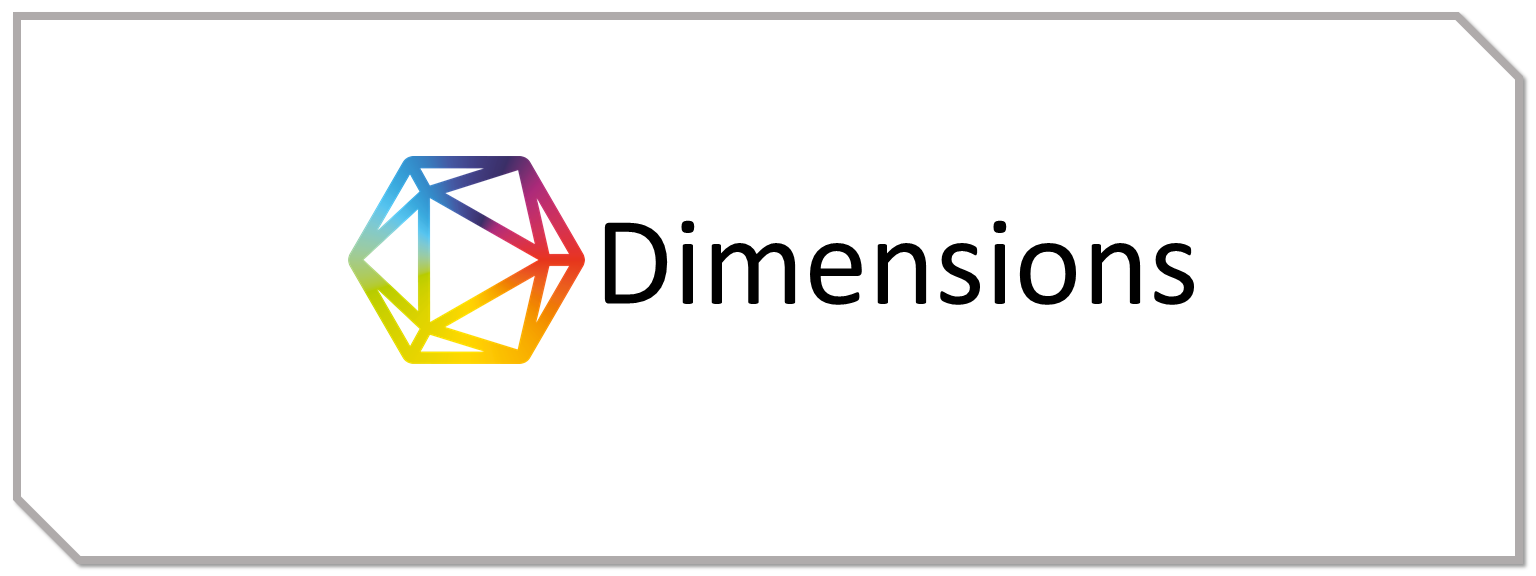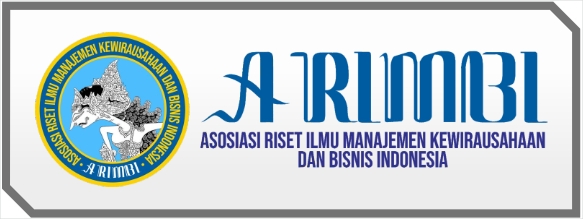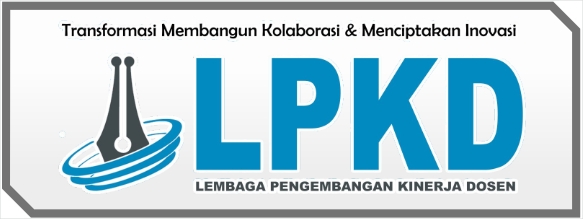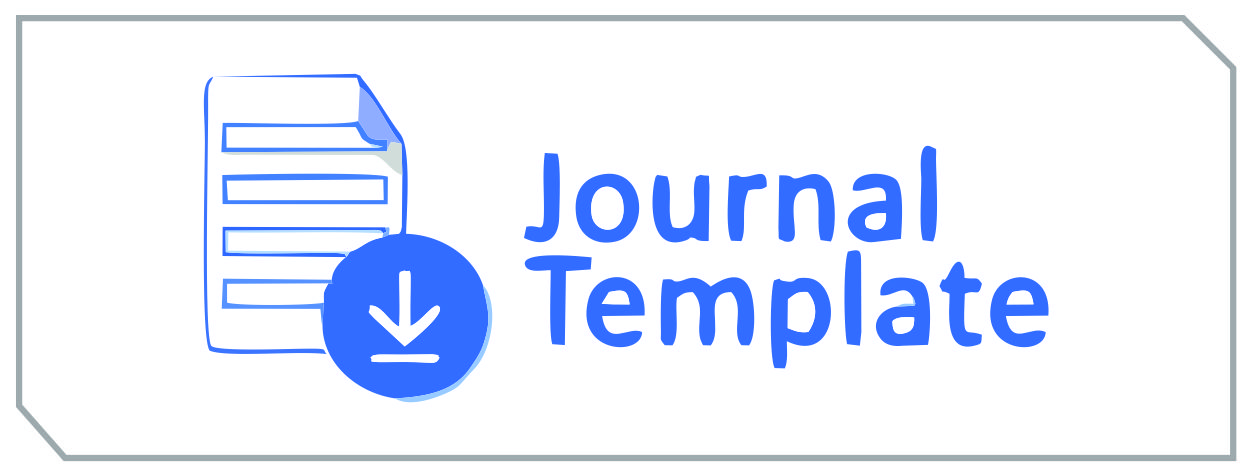Behavioral Economics in Consumer Decision-Making : Implications for Marketing Strategies
DOI:
https://doi.org/10.55606/iceb.v2i1.484Keywords:
Behavioral Economics, Consumer Behavior, Marketing Strategies, Cognitive Biases, Digital MarketingAbstract
This paper explores how insights from behavioral economics can influence consumer decision-making and improve marketing strategies. By analyzing cognitive biases such as loss aversion, anchoring, and social proof, the study highlights practical applications for pricing, promotions, and customer retention. The paper also provides a framework for integrating behavioral insights into digital marketing campaigns for increased engagement and conversion rates.
References
Baymard Institute. (2022). Cart abandonment rate statistics. Retrieved from https://baymard.com
BrightLocal. (2022). Local consumer review survey. Retrieved from https://www.brightlocal.com
Cialdini, R. B. (2009). Influence: Science and practice. Pearson Education.
Gierl, H., & Huettl, V. (2010). The impact of scarcity on consumer purchase intentions: A review of the literature. Journal of Economic Psychology, 31(3), 393–406. https://doi.org/10.1016/j.joep.2010.04.002
Gneezy, A., Gneezy, E., & Nelson, L. D. (2010). The effect of price on demand: An experimental study. Journal of Marketing Research, 47(2), 358–367. https://doi.org/10.1509/jmkr.47.2.358
Hamari, J., Koivisto, J., & Sarsa, H. (2014). Does gamification work?—A literature review of empirical studies on gamification. Proceedings of the 47th Hawaii International Conference on System Sciences, 3025–3034. https://doi.org/10.1109/HICSS.2014.377
Kivetz, R., & Simonson, I. (2002). Earning the right to indulge: Effort as a determinant of customer preferences. Journal of Marketing Research, 39(2), 155–170. https://doi.org/10.1509/jmkr.39.2.155.19084
Kumar, V., et al. (2013). The power of personalized marketing. Harvard Business Review. Retrieved from https://hbr.org
Lynn, M. (1991). Scarcity effects on value: A quantitative review of the commodity theory literature. Psychological Bulletin, 109(1), 204–212. https://doi.org/10.1037/0033-2909.109.1.204
Nielsen. (2015). Global trust in advertising. Retrieved from https://www.nielsen.com
Nunes, J. C., & Boatwright, P. (2004). Incidental prices and consumer choice. Journal of Consumer Research, 31(4), 717–726. https://doi.org/10.1086/425095
Stackla. (2020). The consumer content report: Influence in the digital age. Retrieved from https://stackla.com
Thaler, R. H. (1980). Toward a positive theory of consumer choice. Journal of Economic Behavior & Organization, 1(1), 39–60. https://doi.org/10.1016/0167-2681(80)90051-7
Thomas, M. O., & Morwitz, V. G. (2009). The impact of price promotions on consumer purchase decisions: Evidence from a field experiment. Journal of Marketing Research, 46(4), 556–569. https://doi.org/10.1509/jmkr.46.4.556
Tversky, A., & Kahneman, D. (1974). Judgment under uncertainty: Heuristics and biases. Science, 185(4157), 1124–1131. https://doi.org/10.1126/science.185.4157.1124
Downloads
Published
How to Cite
Issue
Section
License
Copyright (c) 2023 Proceeding of The International Conference on Economics and Business

This work is licensed under a Creative Commons Attribution-ShareAlike 4.0 International License.




